Parents often deliberate over a variety of choices for their children when looking at high schools for their children. In many cases, public schools are factored out, often considered inferior in comparison to their private school counterparts. Though there are clear differences between the two, this perception might not necessarily be deserved.
The fundamental difference between public and private schools is their source of funding. Public schools are financed by taxpayer dollars and the government, while private schools rely on a combination of student tuition, grants, and funding from a religious institute or other organization they are affiliated with.
Within each school, however, this manifests itself in various ways. Private schools often have expansive programs, as they can incorporate religious, intellectual, and philosophical ideologies into their curriculum. They have no specific curriculum that they must follow and often cherry-pick their students, which allows them to hone students in a particular speciality such as STEM, sports, or arts.
On the other hand, public schools are limited in what courses they are permitted to offer. Their curriculum is regulated and governed by school district policies, preventing public schools from offering more specialized classes that might produce students more proficient in a certain subject. Public schools automatically serve every student within a certain area and therefore have a much wider variety of students, resulting in a larger variety of programming as schools try to appeal to as many students as possible.
It’s only natural that these differences in courses and curriculum affect students’ school lives. Isabella Lin, a junior at private school Valley Christian San Jose, says that she chose to attend her school for the opportunities and resources it provides. Valley Christian offers a variety of programming all students are able to take, such as AMSE (which stands for applied math, science, and engineering) and BEI (business, entrepreneurship, and innovation). In addition to high-quality programming and resources, graduates of Valley Christian are automatically guaranteed admissions into certain private Christian colleges and a vast alumni network spanning across sixty years of graduates.
Alternatively, public schools like Willow Glen High School attract students who are simply in the area. Though students largely cite their reason for choosing WGHS as convenience and friends, many students participate in the many programs Willow Glen has to offer. Similar to other public high schools, Willow Glen offers a variety of sports programs, government-mandated arts classes, and AP courses: all of these (save for certain APs, which often require a history of honors classes) are available to any student who wishes to participate.
But is there truly a difference in academic performance? Though individual schools are naturally often perceived as high or low quality, Bay Area schools are renowned for their education system. The Bay Area is a hub of technological innovation and success, which translates into education, regardless of the type of school they are. Students in the Bay Area often pressure themselves to succeed, comparing their own ac- complishments with those of their peers.
The reality is that in both private and public schools, there will be students that succeed; students who are accepted into high-quality universities, students who go on to be leaders in their fields. This number is simply higher in a majority of private schools because they are allowed to choose who attends and have a larger amount of easily accessible resources. The cost of private schools acts as a bottleneck, resulting in a lower number of English learners, students with special needs, and students in low-income families in these schools.
This, however, perpetuates the idea that only people who succeed are those who attend private
schools, and that public schools are inher- ently worse. Naturally, this is detrimental to students’ morale, especially in an area that constantly promotes student academics and achievements. The idea that private schools are a stronger way to succeed, combined with a natural self-doubt and inclination to compare oneself to others leads those in public schools — a majority of students — to internalize a be- lief that they are less competitive for colleges and opportunities than others might be.
In all schools, there will be students who are driven, focused, and intelligent: the environment that a student is in doesn’t necessarily determine what type of person they are. Public schools, while fundamentally different from private schools, are capable of producing successful students.
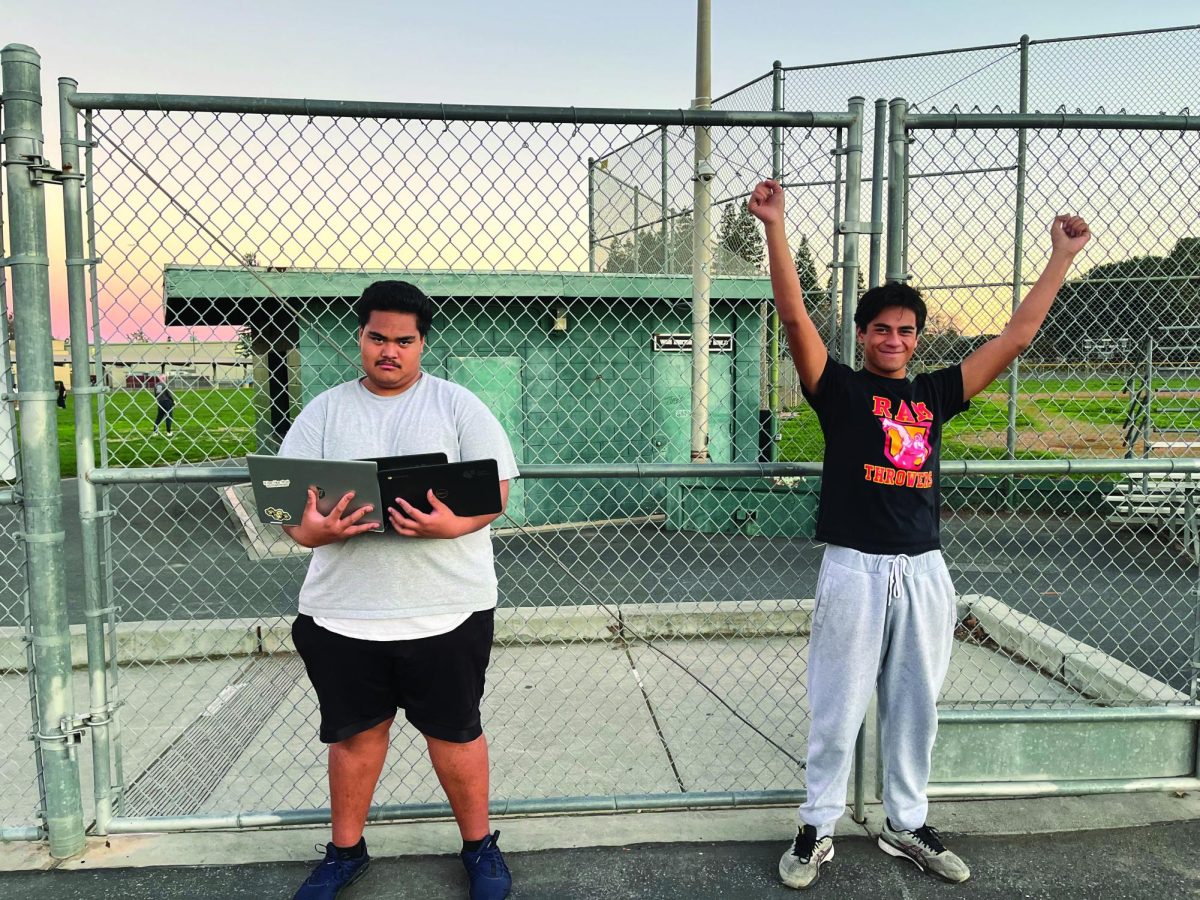

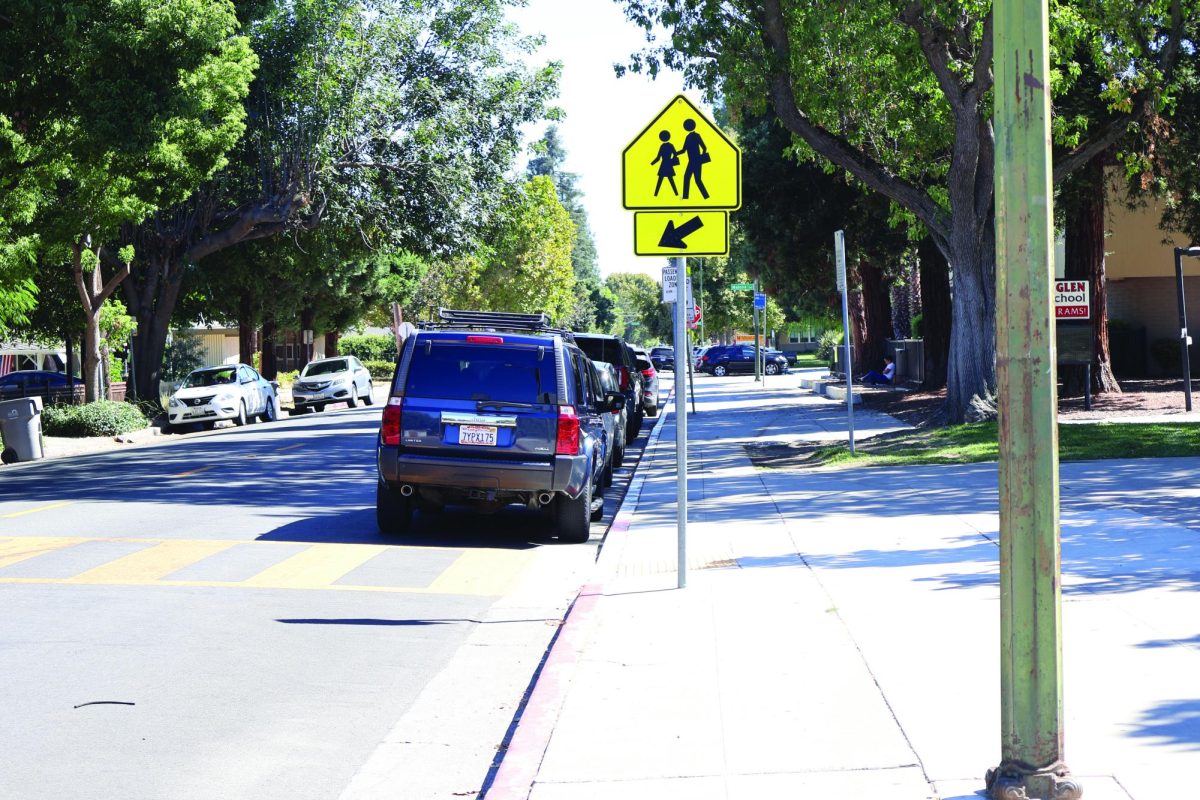
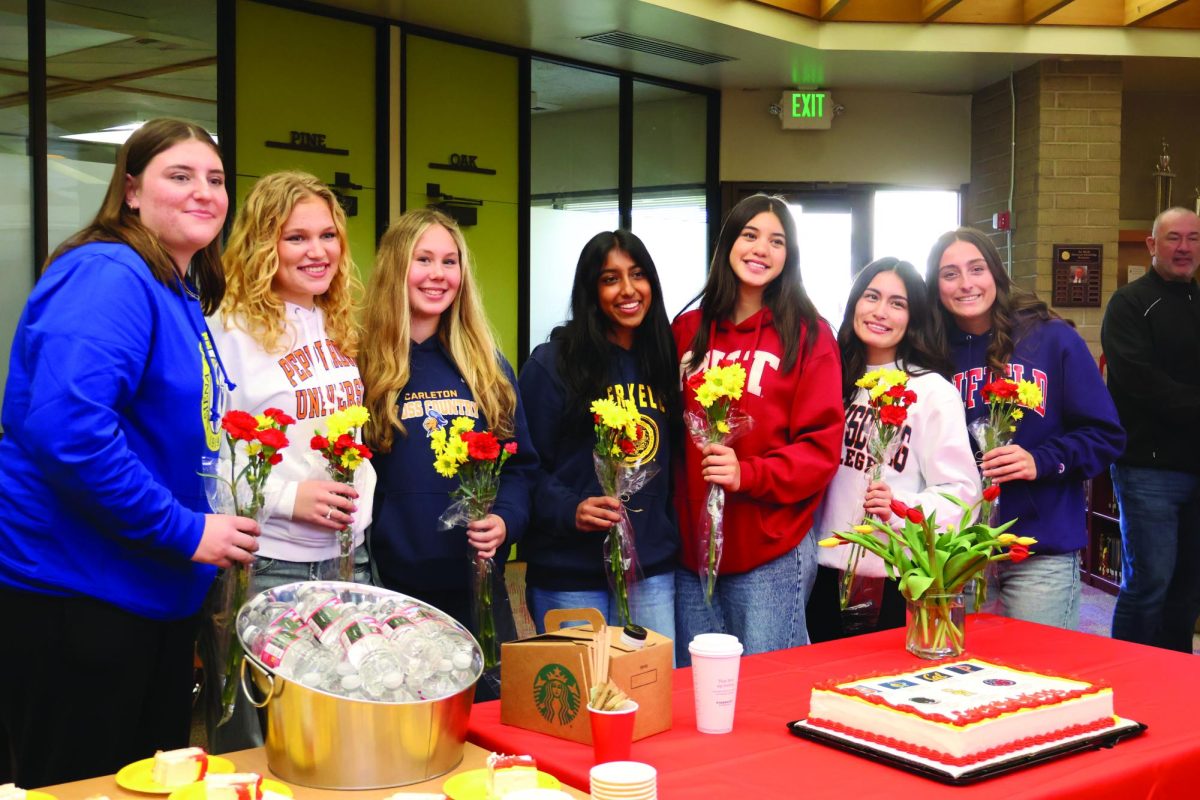
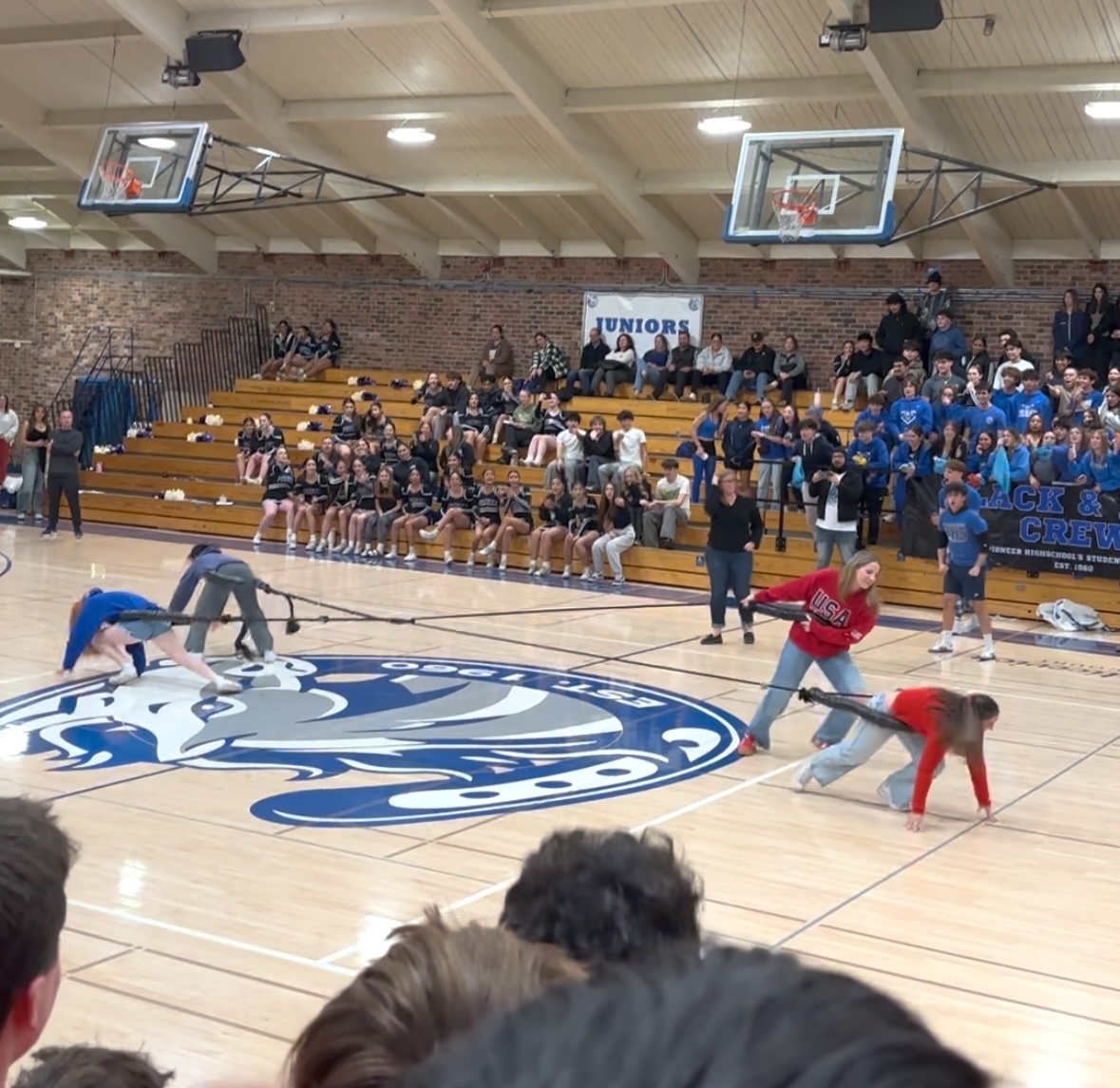
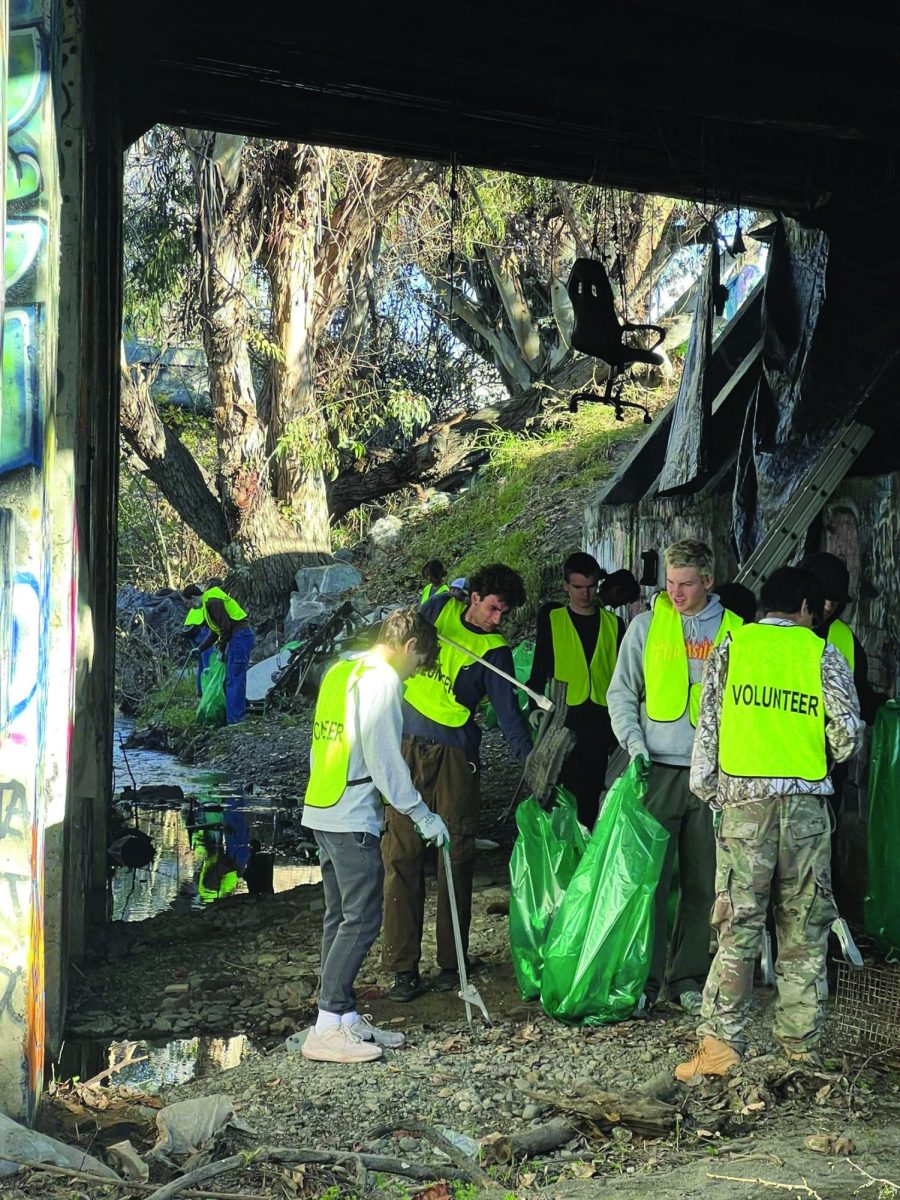
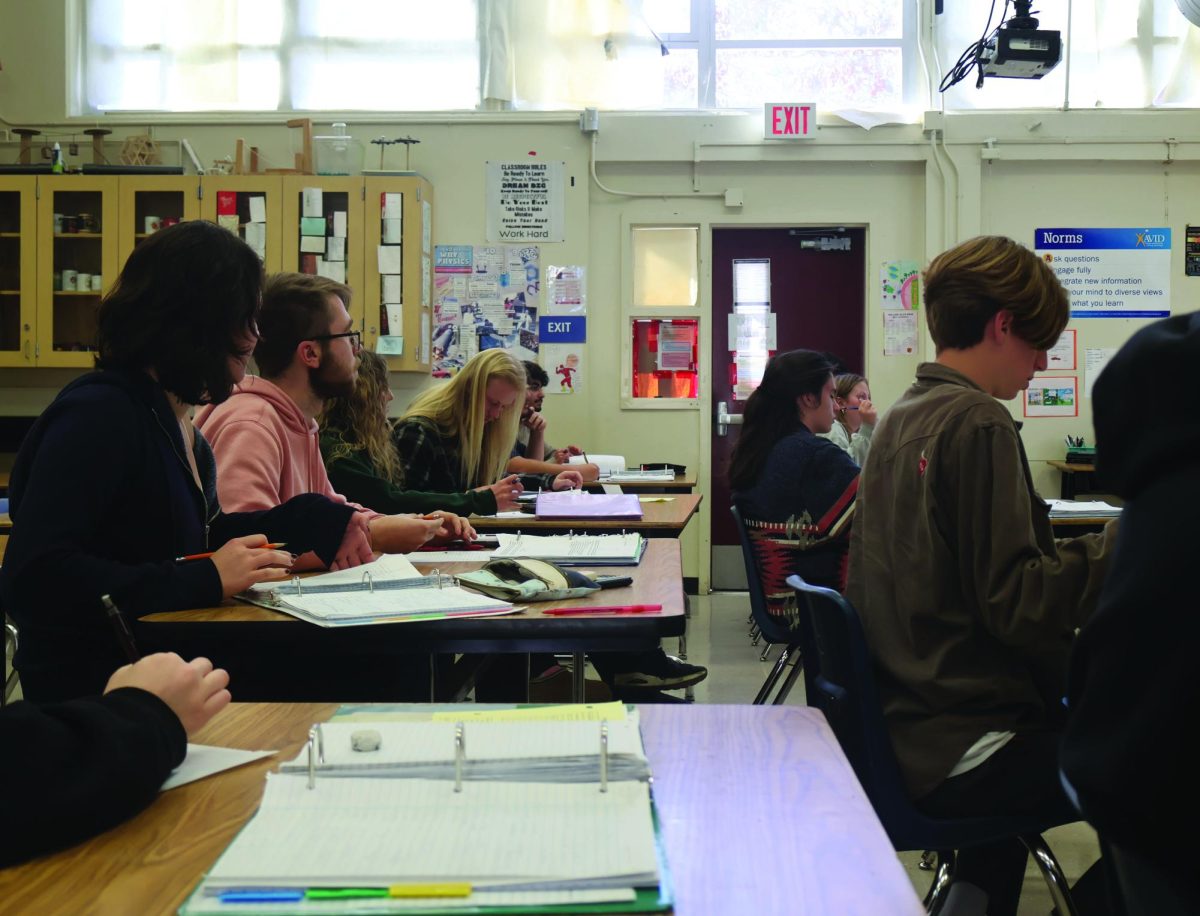
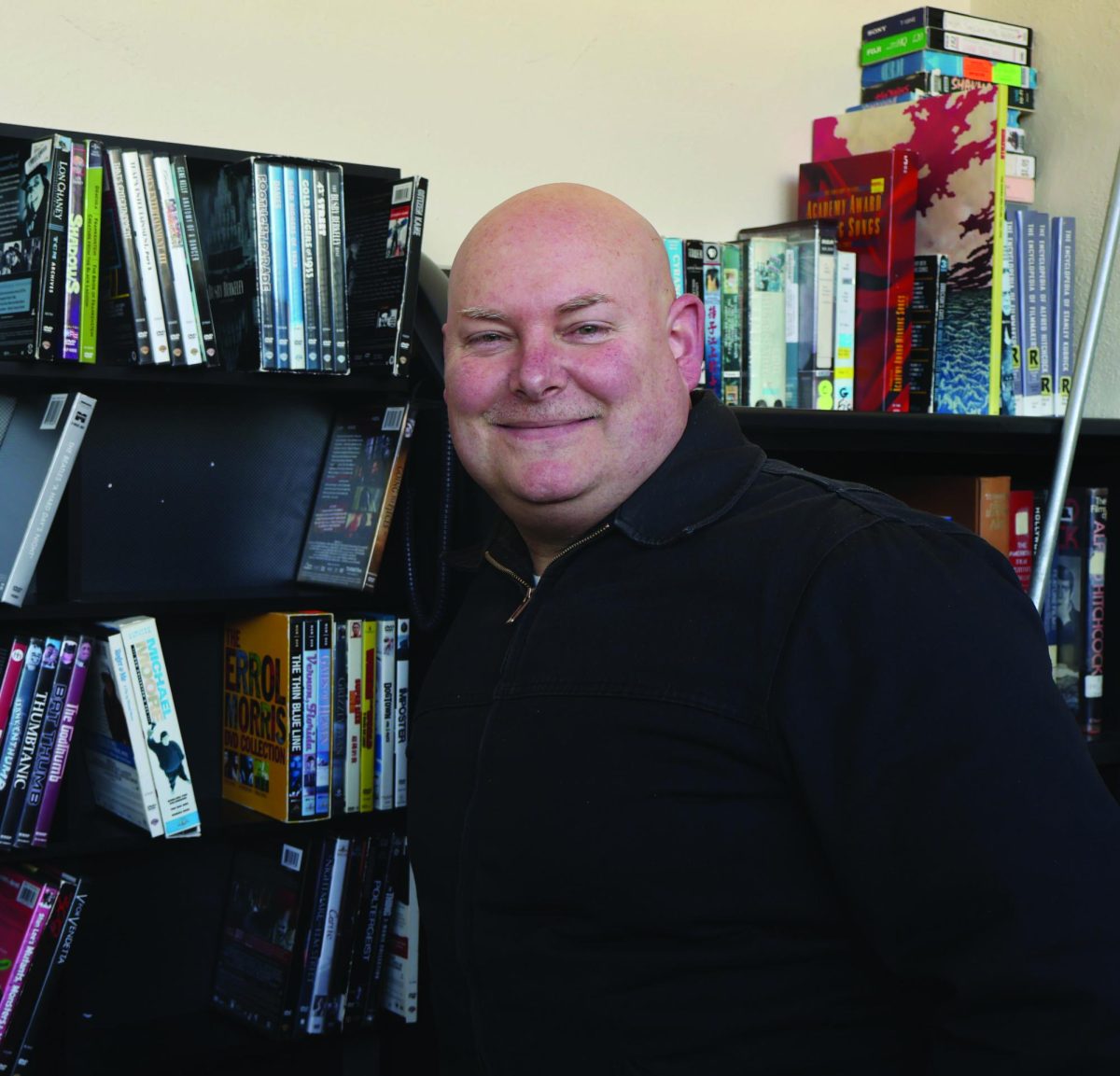
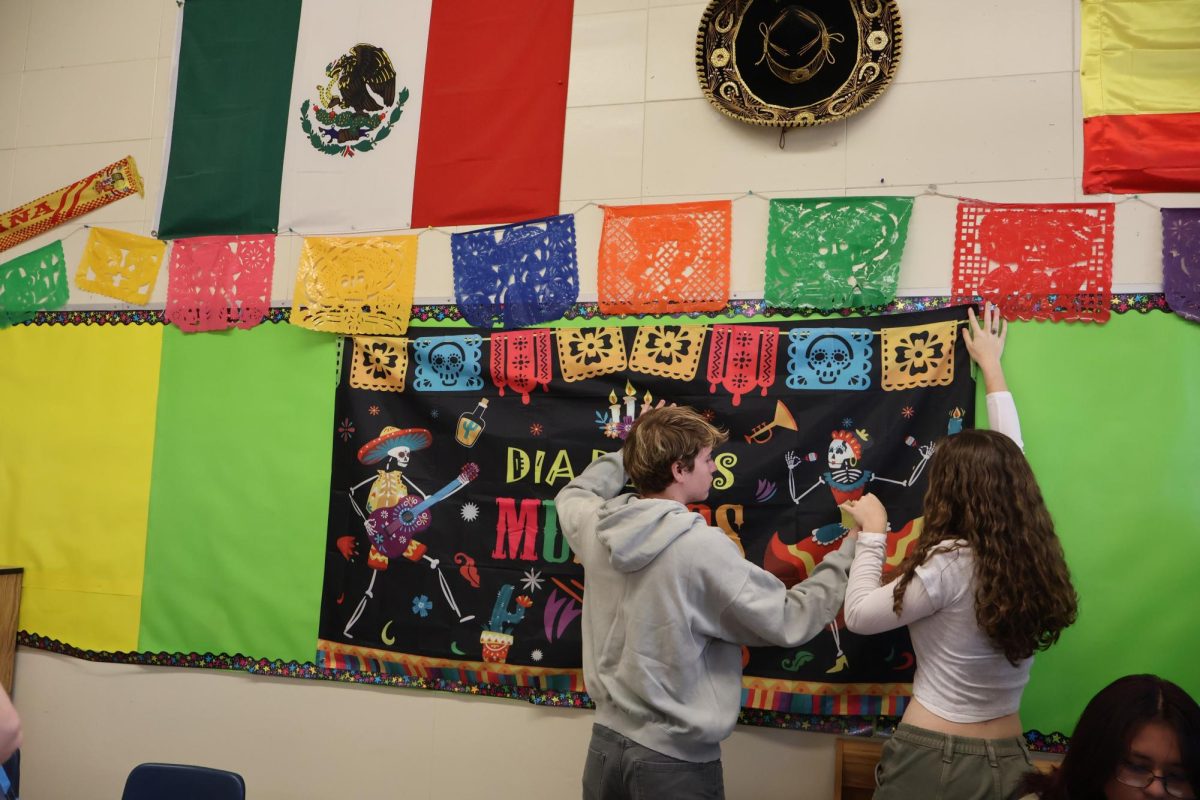
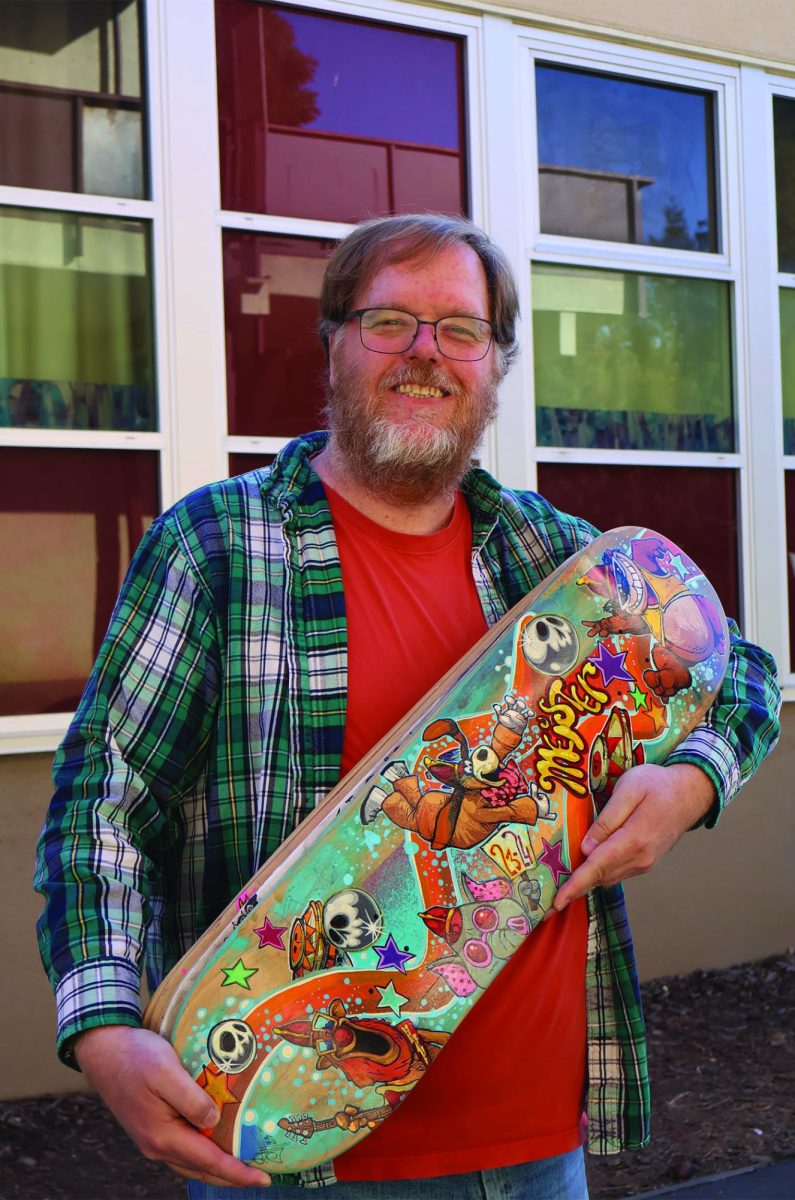
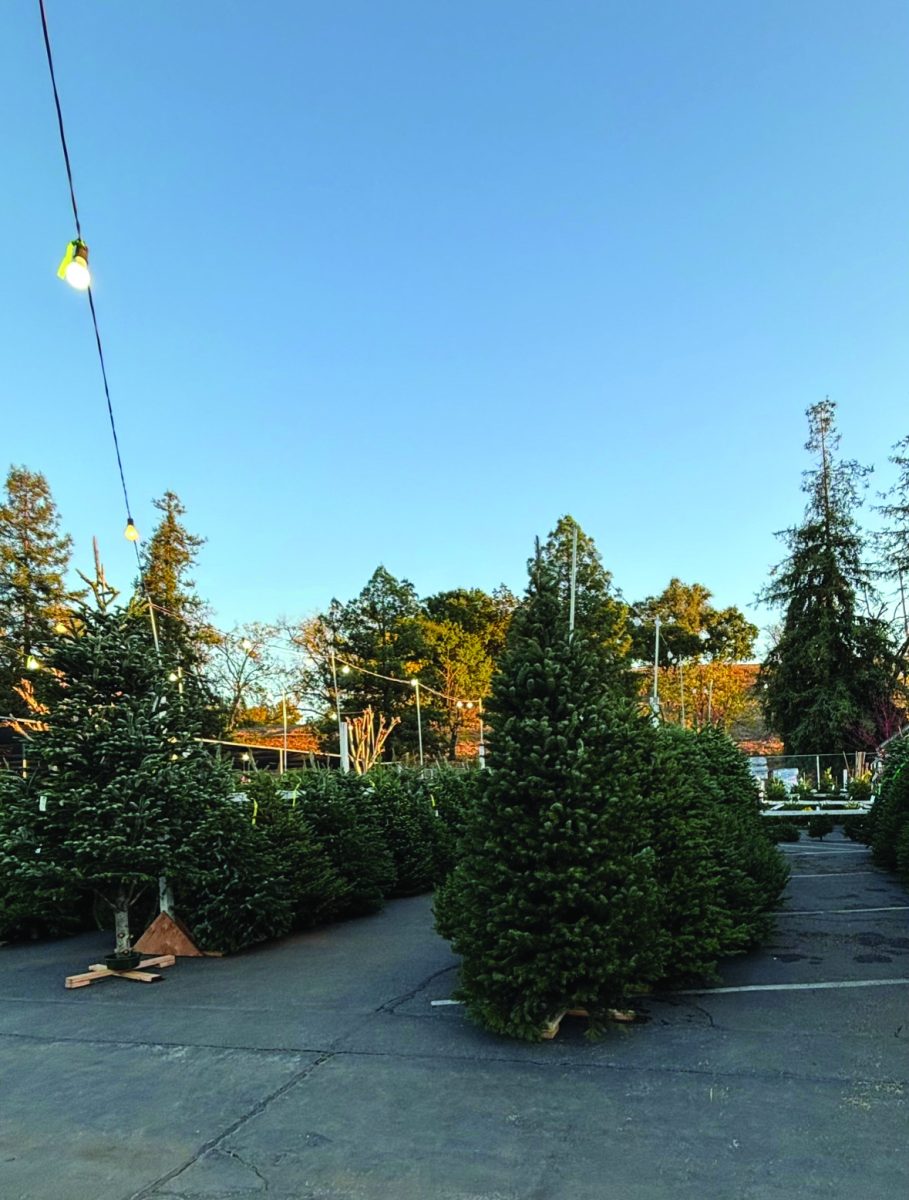

Kristen Brown • Dec 16, 2023 at 1:55 pm
Great article. Wish to clarify that cost barriers are not causational to lower numbers of students with special needs. As the [volunteer] chairperson for the Community Advisory Committee for Special Education for San Jose Unified School District, I also wish to point out that private schools do not have the same federal requirements in serving students with disabilities that public schools do. The right to free appropriate education under the Individuals with Disabilities Education Act protects students in schools that use federal funding. These protections ensure that services to support students with special needs are available in the public school system.
If your family is looking at a private school, and you have a disability that affects access to education, make sure the private school is able and willing to meet your individual needs. For example, I have seen parents seek private schools for students with dyslexia that had appropriate reading intervention, but later found the access to services was limited to community members of the church at a private faith based school. In this example, families outside church membership found their child was not supplied appropriate access to the intervention that drew them to the private school.
Though I have not consulted with families that are English learners who tried private school systems, I know that not this is similar for English learners.